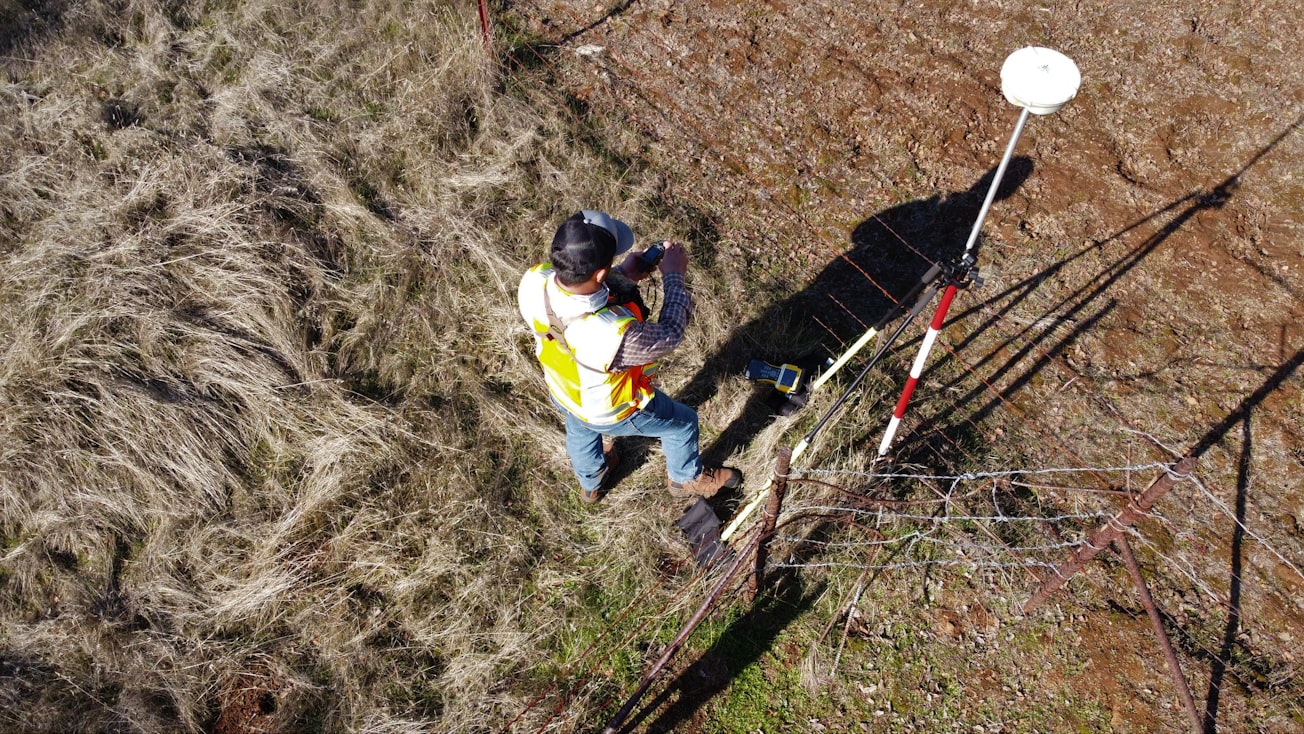What is it about?
New Seismic acquisition geometries are typically easier to create than test in the field due to the high cost of field acquisition and processing. However, by using existing data acquired in a grid, one can decimate the original data set into multiple geometries and process them. This provides an opportunity to fully test new geometries without the expense of field acquisition. In this paper, we present processing, interpretation, and inversion tests from an existing ultra-high-density oil-sands seismic data set decimated based on ecologically improved program designs. We then measure and compare the results to understand the impact of these geometries on subsurface resolution.
Featured Image

Photo by Scott Blake on Unsplash
Why is it important?
All exploration and production projects, whether for oil-and-gas, mining, or clean-technology applications, begin with an accurate image of the subsurface. Many technologies have been developed to enable the acquisition of cost-effective seismic data, with high-density land seismic programs becoming commonplace. However, as the industry progresses and the long-term surface footprint associated with these programs becomes better understood, new methods are needed to reduce the environmental impact of seismic data acquisition while maintaining sufficient subsurface resolution for accurate resource development.
Perspectives
Linear Seismic acquisition geometries, such as those illustrated in this case study, can provide a new way to acquire seismic data with a lower overall land footprint. Depending on the method of implementation, 55% or greater reductions in linear kilometers and total hectares cut can be achieved. In non-forested areas, the reduction in linear kilometers can increase operational efficiencies, resulting in cost savings and reduced emissions.
Mostafa Naghizadeh
SEG
Read the Original
This page is a summary of: EcoSeis: A novel acquisition method for optimizing seismic resolution while minimizing environmental footprint, The Leading Edge, January 2023, Society of Exploration Geophysicists,
DOI: 10.1190/tle42010061.1.
You can read the full text:
Contributors
The following have contributed to this page







